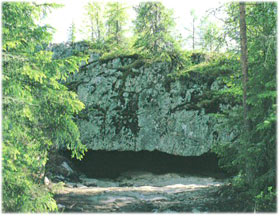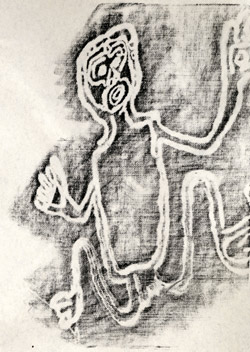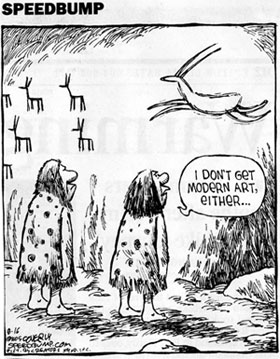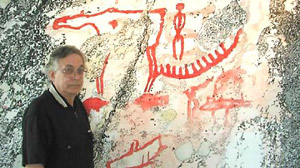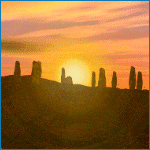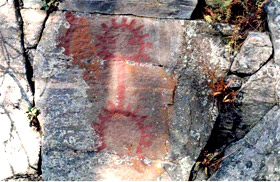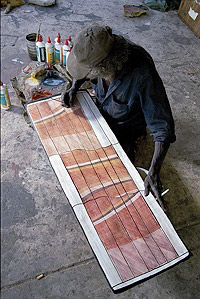words that inspire
“It’s akin to style, what I’m talking about, but it isn’t style alone. It is the writer’s particular and unmistakable signature on everything he writes. It is his world and no other. This is one of the things that distinguishes one writer from another. Not talent. There’s plenty of that around. But a writer who has some special way of looking at things and who gives artistic expression to that way of looking: that writer may be around for a time.”
“I have a three-by-five [card] up there with this fragment of a sentence from a story by Chekhov: ‘…and suddenly everything became clear to him.’ I find these words filled with wonder and possibility. I love their simple clarity, and the hint of revelation that’s implied. There is mystery, too. What has been unclear before? Why is it just now becoming clear? What’s happened? Most of all–what now? There are consequences as a result of such sudden awakenings. I feel a sharp sense of relief–and anticipation.”
Substitute “artist” for “writer” and these words really resonate with me. They are written by Raymond Carver. Thanks to blogisisko for the link.
